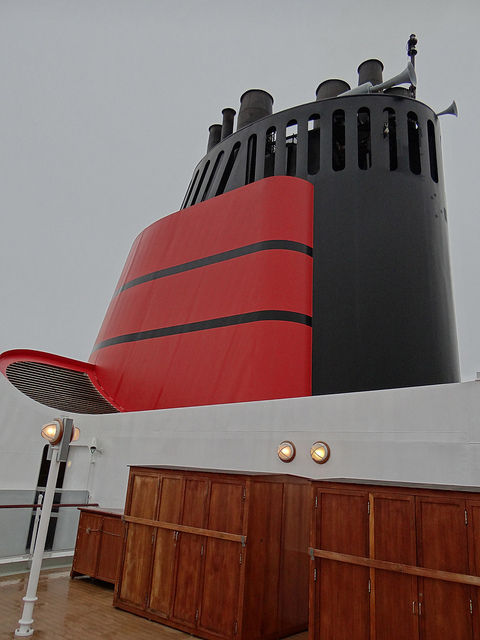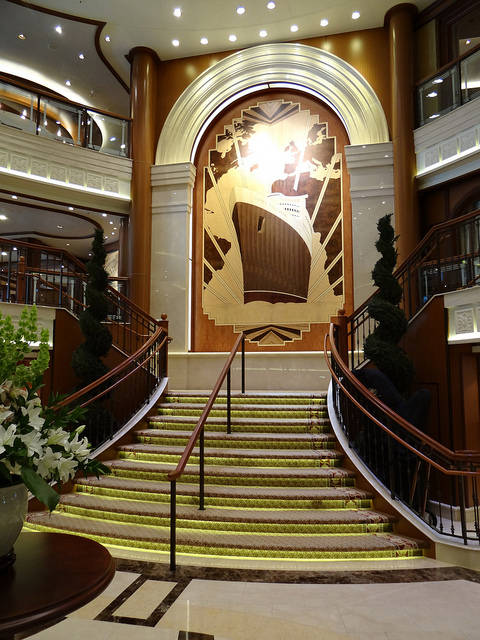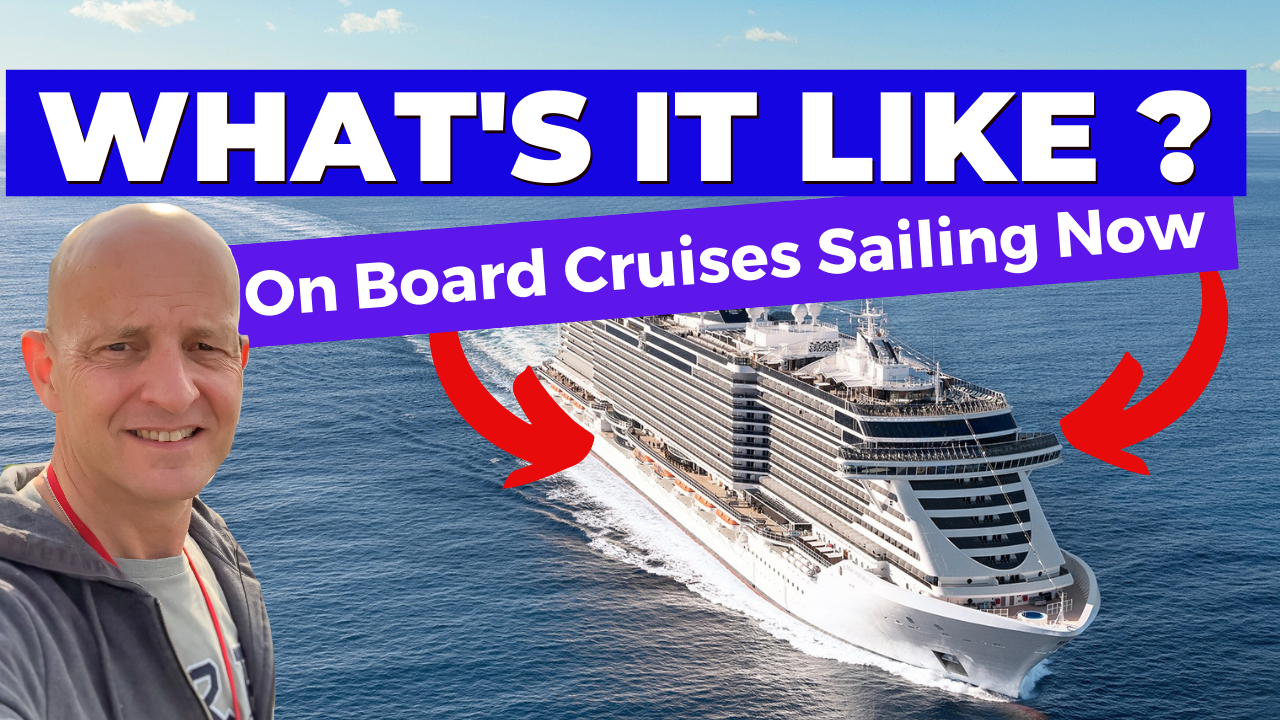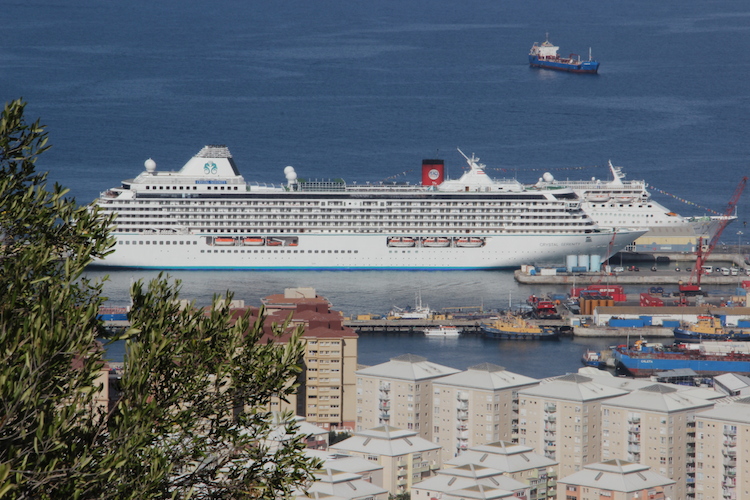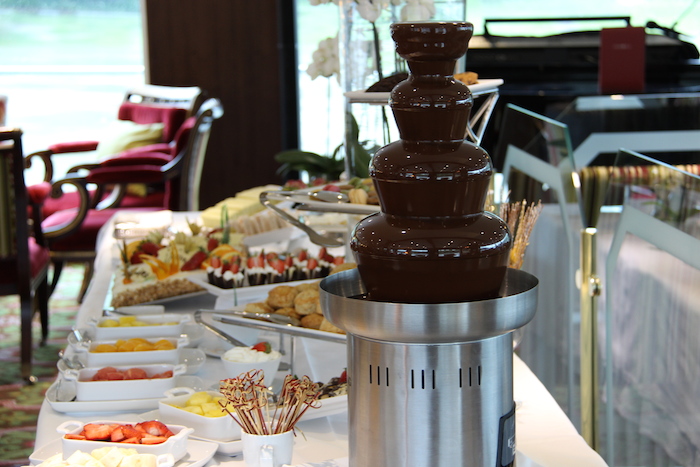Cunard Cruise Line History: Shipbuilding Style & Ship Interior Decor
What Makes the Cunard Cruise line Distinctive? This article explores the Cunard Cruise Line History, looking at Cunard’s Ship building Style & Ship Interior Decor.
Cunard is a favourite cruise line of mine. It is uniquely British, with a very long history. This is another article in my series about what makes Cunard distinctive in my view.
To read more of my series, and other articles on cruising please visit: tipsfortravellers.com/cruising.
While most cruise lines follow the more brash and loud Las Vegas school of design, Cunard follows a more sedate and classic Art Deco inspired look. There are a number of key areas in addition to this that make Cunard different and distinctive to other cruise lines. These are the elements of design and style that I feel make Cunard so distinctive:
Cunard’s Distinctive Red Funnel and Black Hull
Cunard ships are instantly recognisable by their distinctive red funnels and black hulls. This colour scheme has been an integral part of the cruise line since the very earliest days of Cunard.
It is reported that the Red Funnel with the black band feature was the idea of Robert Napier, the leading financial backer of Samuel Cunard’s original bid for the Transatlantic Mail Contract. It was the winning of this contract that led to the creation of what became Cunard. Robert Napier owned shipbuilding yards in Glasgow that built the early ships for Cunard. He is attributed with introducing this funnel styling onto Cunard ships from the very beginning. A design that has becoming one of the distinctive and iconic elements that makes a ship instantly recognisable as a Cunard ship.
The distinctive red and black funnel has remained for almost 200 years as the iconic look for Cunard ships. The black hull is also a key feature. Though it almost was not so….
The short lived, and unpopular, “Pebble Grey” Hull of the QE2
In 1982, after Cunard had to do a refit of the QE2 after she had been requisitioned for the Falklands War, Cunard made a decision to dramatically revamp and modernise the look of the Queen Elizabeth 2. The ship’s hull was painted a “Pebble Grey” colour instead of the familiar black. It transformed the look of the ship, but fans of Cunard and the QE2 were outraged at the change. Cunard hastily repainted the ship back to the established and classic colour scheme at the first opportunity when the ship could be taken into dry dock.
To see pictures of the QE2 in her grey outfit: click here
While many cruise ships fleets have mainly white ships, the dramatic Cunard Black Hulls and Red and Black Funnels stand out and are instantly recognisable among the more standard cruise decor in any port.
Cunard History and Preference for Unique Ship Designs (Mostly..)
Cunard has tended over its history to have unique and purpose built ships, and this has added to the style of Cunard over other lines. This has been largely driven by the need to have ocean liners in the fleet rather than cruise ships. Cunard has needed to have ships that were designed for, and capable of handling, the rigours of the North Atlantic Crossing between Southampton and New York. This drove the approach to the fleet. Ships suitable for regular Transatlantic Crossings were the prime requirement for Cunard ships, as ships suitable just for regular cruising has historically been the second priority.
The Queen Elizabeth 2 when it came into service, for example, had no balcony cabins. This was true for the Queen Mary and Queen Elizabeth before her. Balconies were not really a requirement for transatlantic crossings, as even in the Summer months it would be unusual to be sitting or lying around on the balcony. Later some luxury balcony suites were placed on top of the ship when the QE2 when she was refitted and updated. This addition to the top of the ship held the premium Queens Grill Suites, including the 2 top end suites named after the previous Cunard icons: Queen Mary and Queen Elizabeth.
I stayed in one of the Penthouse Suites on the top of the QE2 during a Transatlantic Crossing, and it felt very special and unique as to access the deck you had a special staircase in the Queens Grill Lounge.
Watch a video tour we made around the QE2 in December 2004: click here
The QE2 did have an outside pool with decks for sitting around, unlike her predecessors, to make her more in vogue and appropriate for her secondary role running more regular warm weather cruises. However, the ship was primarily designed as an ocean liner, and was a one-off and unique design.
The Queen Mary 2 also stands out from other cruise ships because of its unique design. This Ocean Liner is the only one of its design in the world today. It is the only major passenger ship designed for, and operating, a scheduled transatlantic crossing service.
However, the Queen Victoria introduced in 2007 and Queen Elizabeth introduced in 2012 are more standard and regular cruise ship designs. They use the “Vista Class” hull and ship design that many other cruise ships use. So from the exterior they are not as unique and distinctive from other cruise ships. Other than the distinctive Cunard livery.
Cunard’s Art Deco Flair And Style
The Cunard Fleet strives to retain some of the glamour of travel that its heritage was built on. In fact, it relies on it. The ships in the Cunard Fleet have a more understated style of decor than many of the cruise ships in service today.
Most cruise ships today are more inspired by the brightness and brashness of Las Vegas. Cunard is more inspired by, and draws on the 1930s Art Deco. It is much less glitzy and bright, using more browns, beiges and gold touches. This fits its positioning as a line that is linked to the heyday and glamour of the 1930s Crossings.
I love the feeling of this heritage and the feeling it creates of being linked back to the romantic days of sailing. Days when it seemed ships were full of celebrities, movie stars and famous people. Of course they were not only full of the rich, famous and beautiful. But the image is powerful and compelling.
Cunard has many reasons that can be called out as different and unique. And these 3 aspects of their design and style are factors that play a key role.
If you liked this post, please share it to your favourite social media site using the sharing buttons below.
Further reading:
Tips for Travellers Cruising and Cunard Articles, including articles on 10 key events in the history of Cunard, Cunard’s Transatlantic History, and the History of Afternoon Tea on Cunard.

